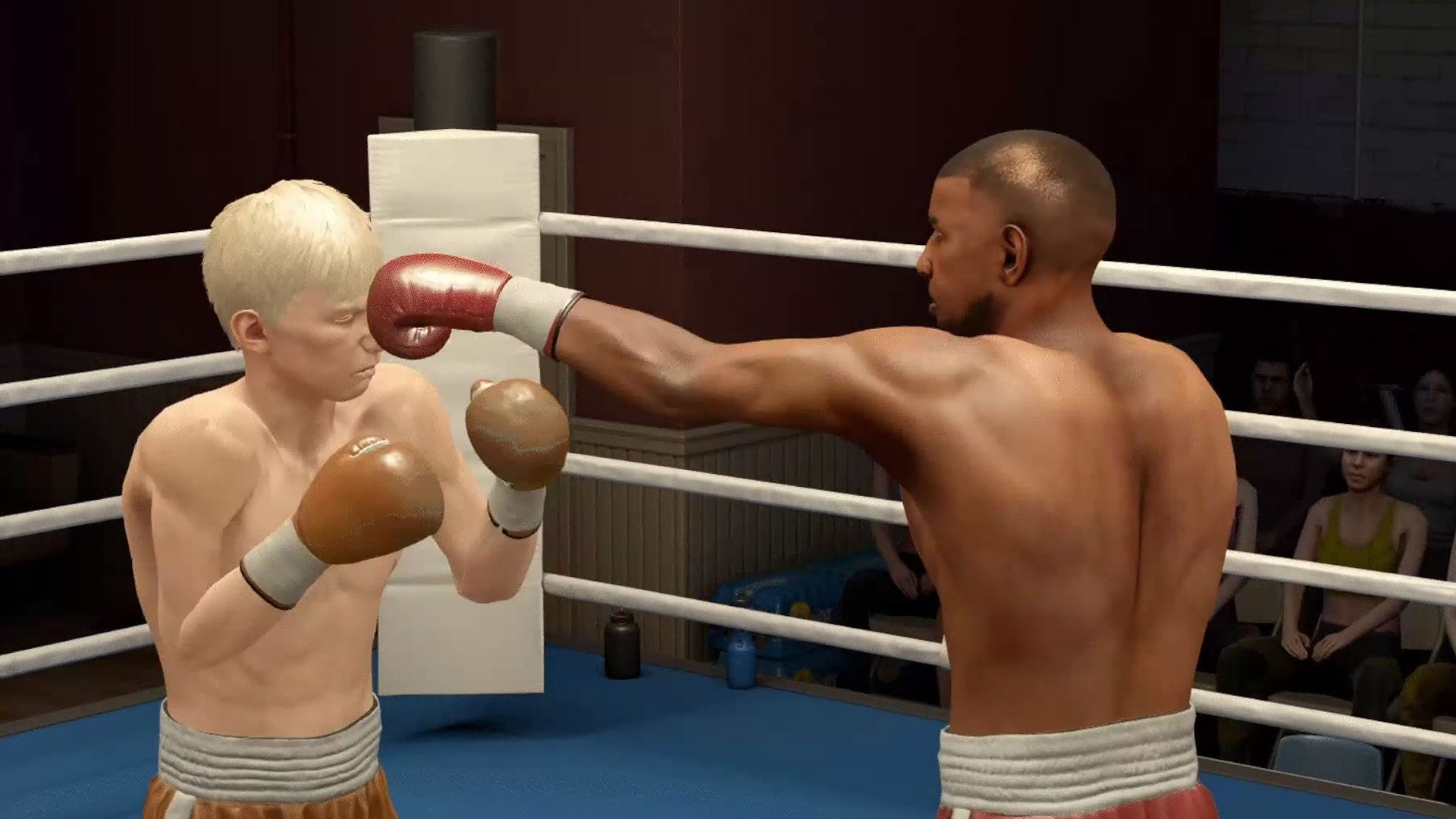Back in 2004, Phantom Brave made its debut on the PS2. Nintendo enthusiasts might recall its expanded version, Phantom Brave: We Meet Again, that came out on the Wii in 2009, or perhaps its appearance in Prinny Presents NIS Classics Volume 1 on the Switch.
If you’ve dabbled in those earlier versions, you’re probably eagerly anticipating Phantom Brave: The Lost Hero’s release on the Switch, scheduled for January 30th. And even if you’re a newcomer to the series, there’s plenty to be excited about, especially if strategy RPGs or the Disgaea games’ unique visuals and storytelling appeal to you.
Last week, I had the chance to join Pure Nintendo, NIS America, and developer Kento Jobana for an online preview and Q&A session. This was my first interaction with the Phantom Brave series, and I gathered some noteworthy insights that I’d like to share with you, conveniently laid out in easy-to-read bullet points.
First things first, don’t worry if you’re new to Phantom Brave. The Lost Hero may feature characters from the original and be considered a sequel of sorts, but it stands on its own as a fresh adventure. The storyline centers around a young explorer named Marona, who traverses the oceanic realm of Ivoire, assisting those in distress. Yet, when a spectral fleet begins to stir trouble, it’s up to Marona to gather a team to fend them off.
Like many Nippon Ichi productions, expect the game to deliver a mix of humor layered atop a slightly darker narrative. The developers are keen on letting players shape their gaming experience. Now, while there’s an abundance of customization options that might seem overwhelming at first, players can choose a difficulty level that either makes the journey a breeze or challenges you to engage deeply with the game’s systems for success. Do note, though, once you’ve picked a difficulty level, there’s no switching it up mid-game.
Customization is at the heart of the game, revolving around crafting character builds from 51 different types. The units you choose to create will also influence the shops you can build for acquiring useful items. For example, a chef allows you to have a juice bar, an angler opens up treasure salvage possibilities, and an engineer lets you build and enhance gadgets for battle.
If you ever find yourself missing a particular unit type for a mission, you can promptly create and level them up using “juice points.” However, do remember to conserve those juice points for future needs. Phantom Brave: The Lost Hero introduces non-traditional character types, such as chefs and musicians, each presenting special skills and attributes. Discovering these unique units and figuring out the best ways to deploy them in combat is set to be one of the more intriguing facets of the gameplay.
Customization doesn’t just stop at character creation. Players also get to craft ships for sailing around, which offer various bonuses, and design dungeons for exploration, leveling up, and finding rare items. Our preview didn’t delve deeply into how intricate these processes are, so stay tuned for more insights.
How does the game play? Combat is turn-based and takes place on an isometrically viewed platform of varying sizes depending on the level. Your characters can move freely within a circle, but this circle shrinks the farther you wander. When it becomes as small as your character, you can no longer proceed; however, you have the freedom to reverse and select another path before locking in your choice.
What sets this game apart is how Marona “confines” your crafted characters to objects within the circle to deploy them on the battlefield. So, movement isn’t just about leading an attack—it’s about reaching landmarks like a tree or flower to transform them into the specific character you’ve created. That character, though, only has a limited lifespan before vanishing. They can also be bound to “gadgets” like cannons unless those gadgets are controlled by an enemy.
Now, as to how Phantom Brave: The Lost Hero will perform on the Switch, I can’t definitively say, since the preview wasn’t conducted on Nintendo hardware. However, given the nature of turn-based battles, they don’t seem too demanding on processing power, and the various creation and customization menus appeared clearly arranged for handheld mode.
As someone entirely new to Phantom Brave, the preview packed quite a punch in terms of content to digest. I’m sure more of the game’s elements will be unveiled as we edge closer to the January 30th release date. The bonus? A demo is on the horizon, giving you a chance to dive in before making any commitments.
In the meantime, you can explore more at nisamerica.com/phantombrave-the-lost-hero/. Don’t forget to take a peek at the Limited Edition and Deluxe Edition physical releases, both of which are now available for preorder.















































